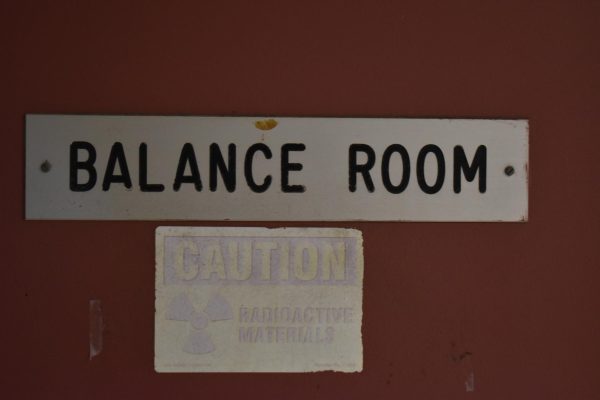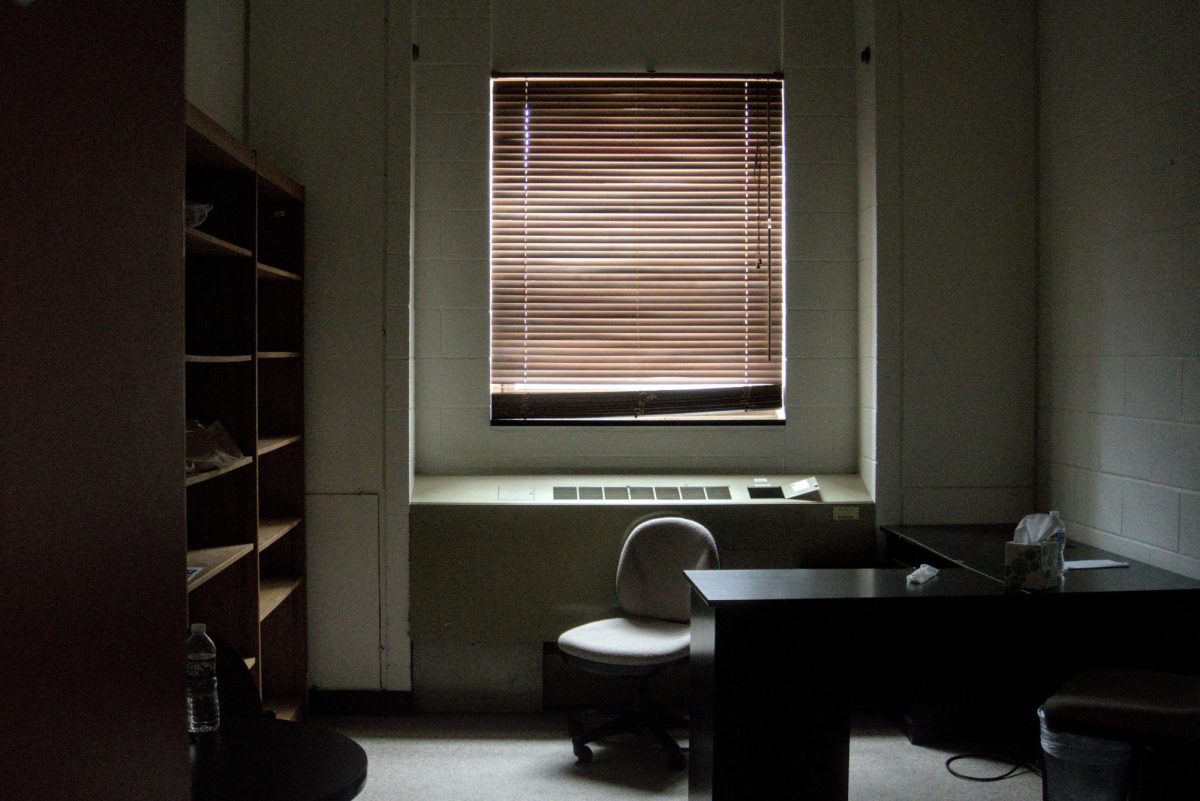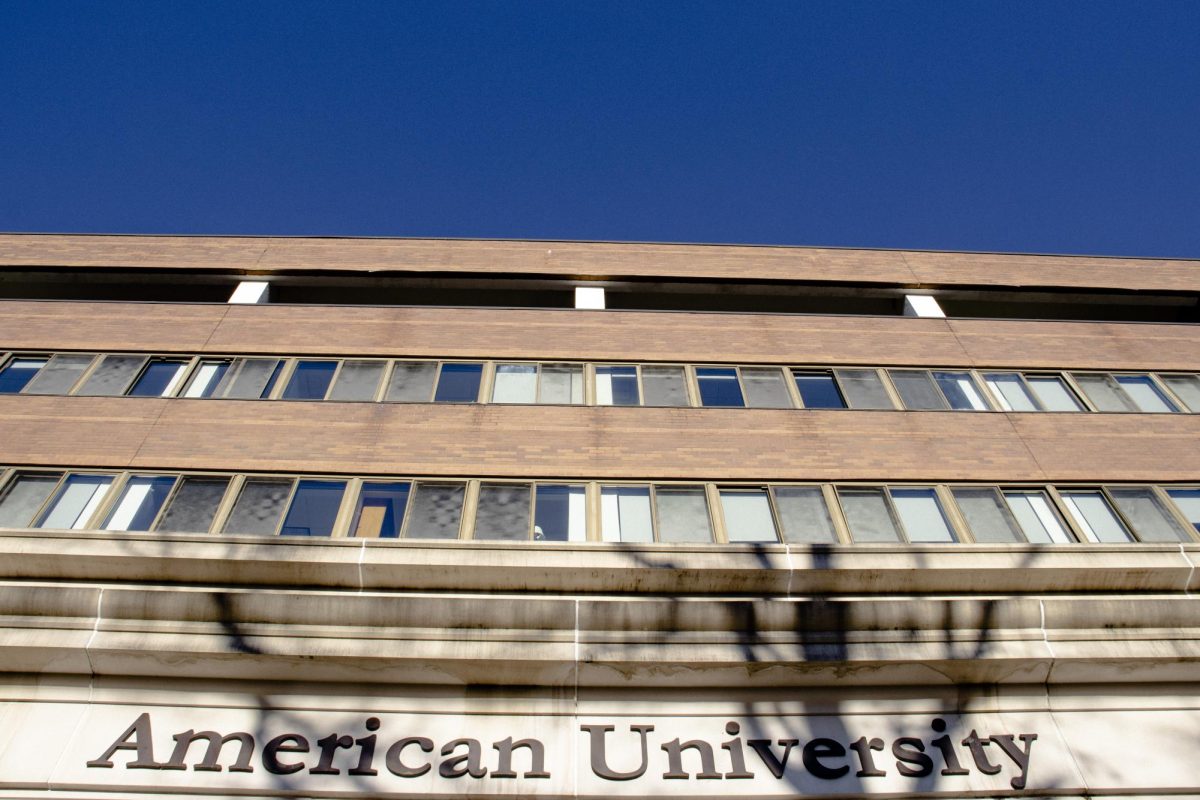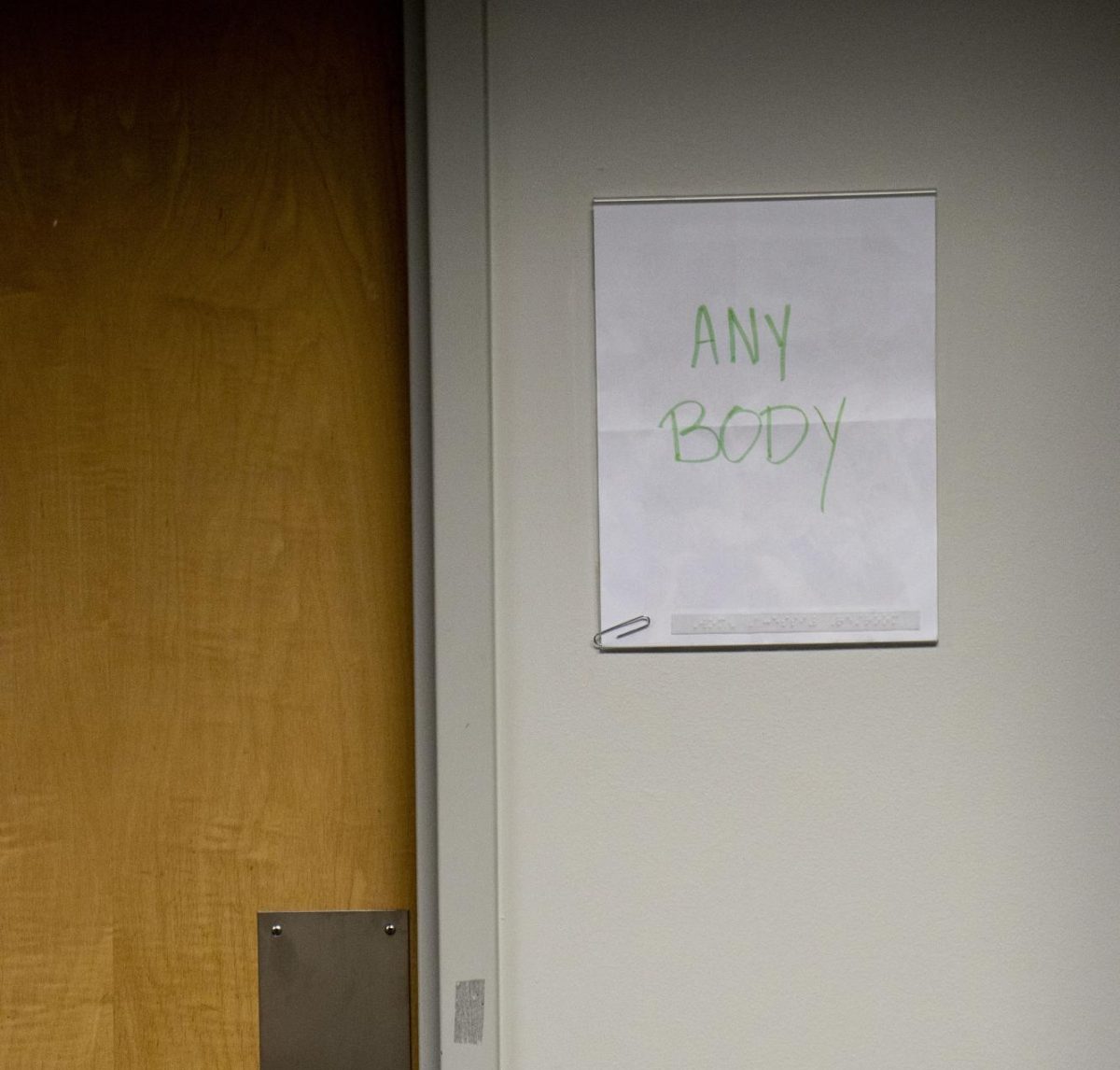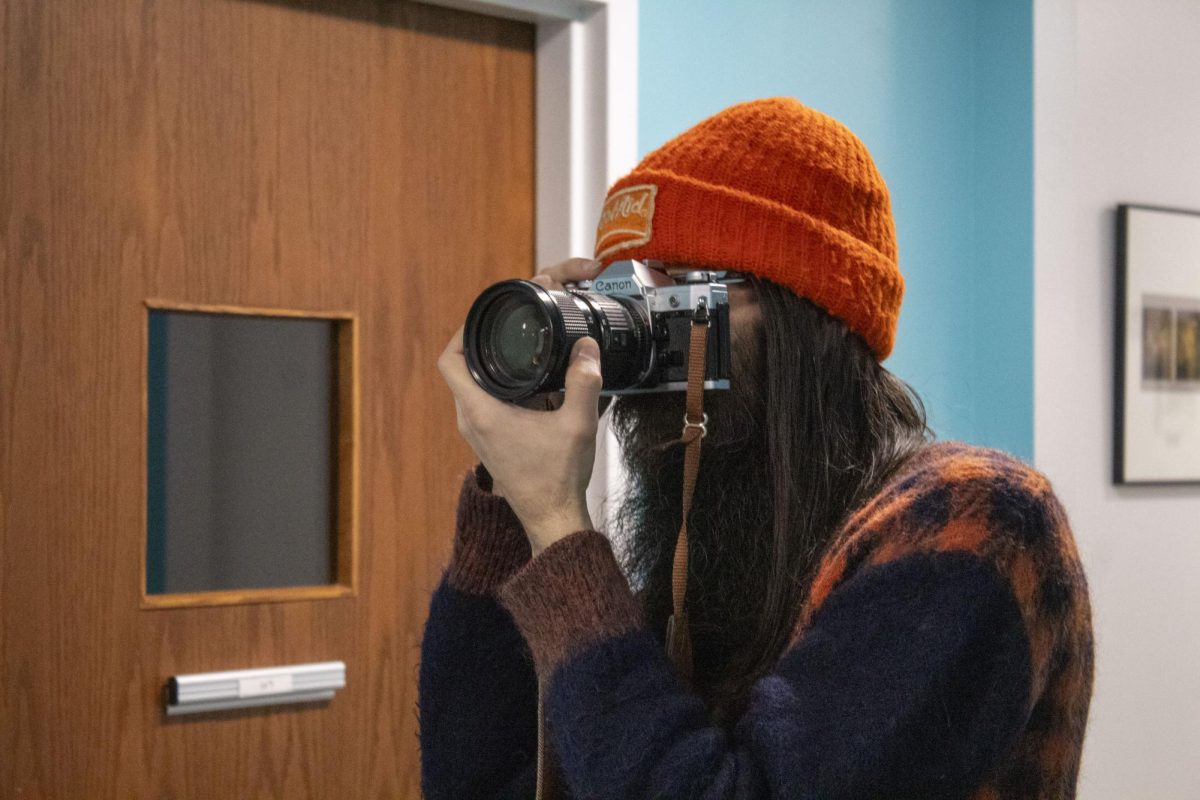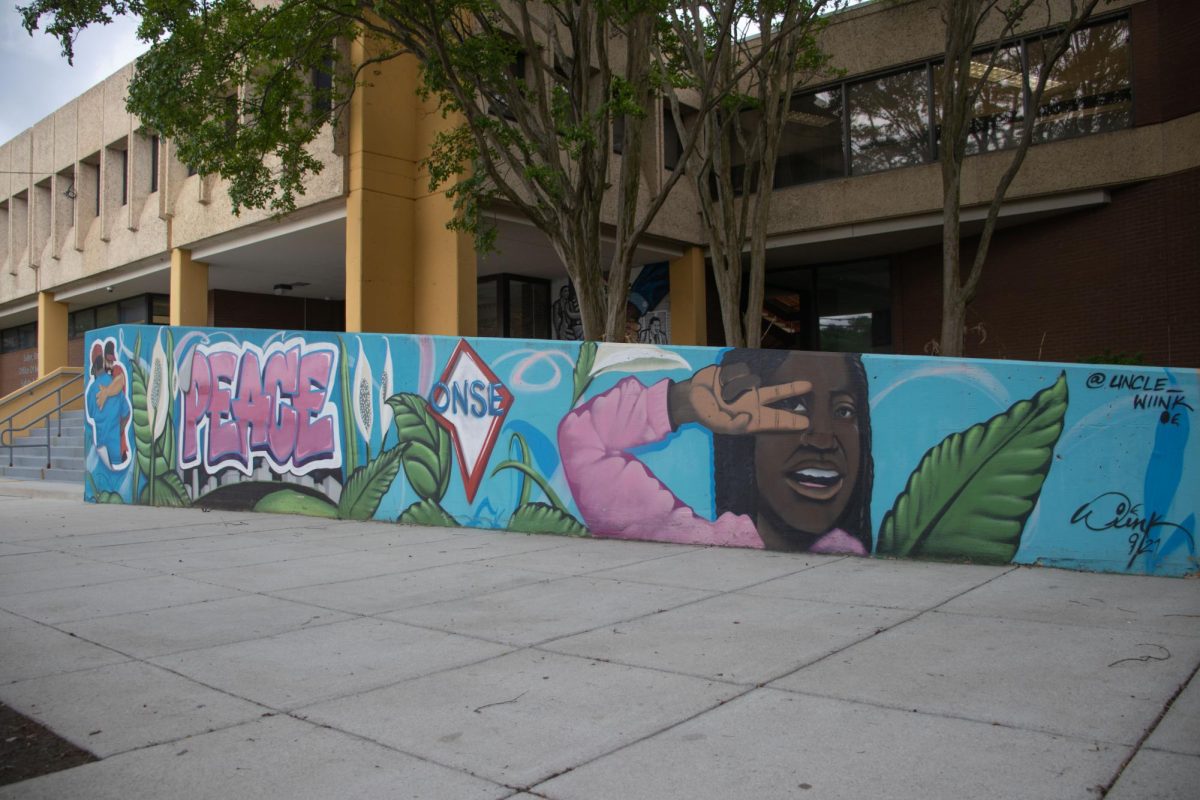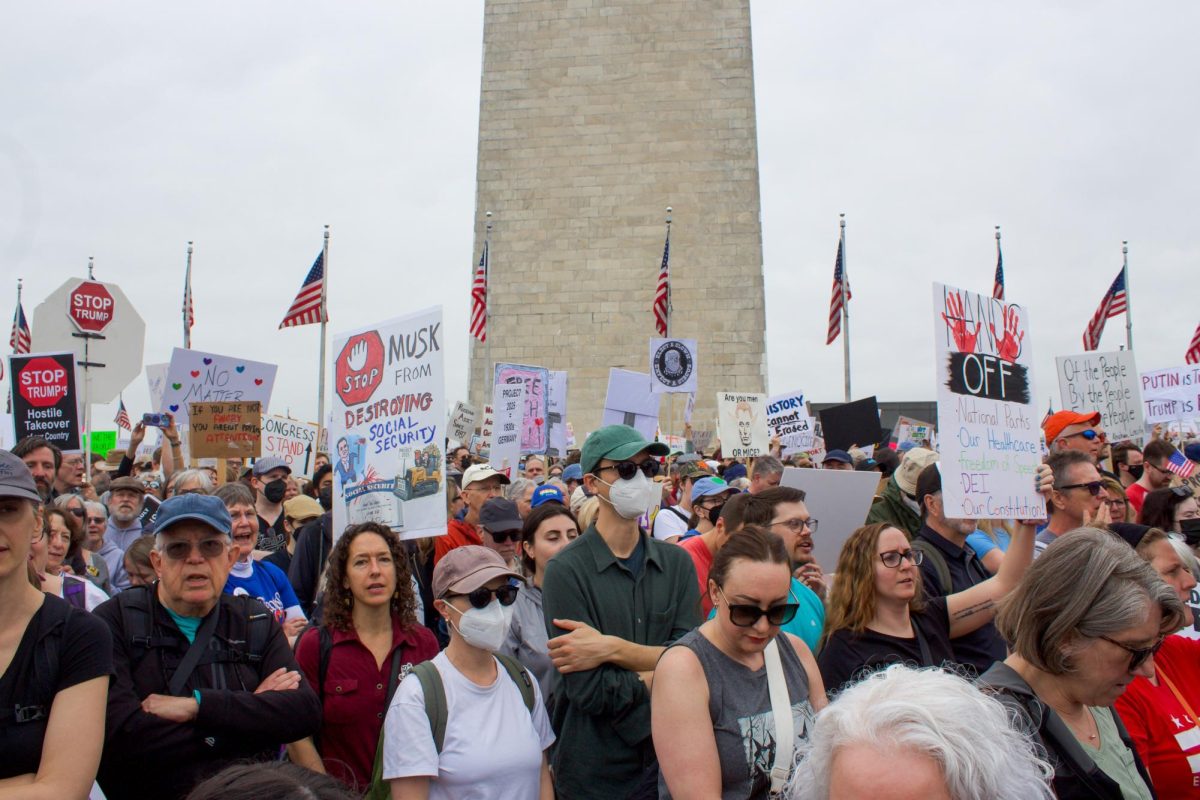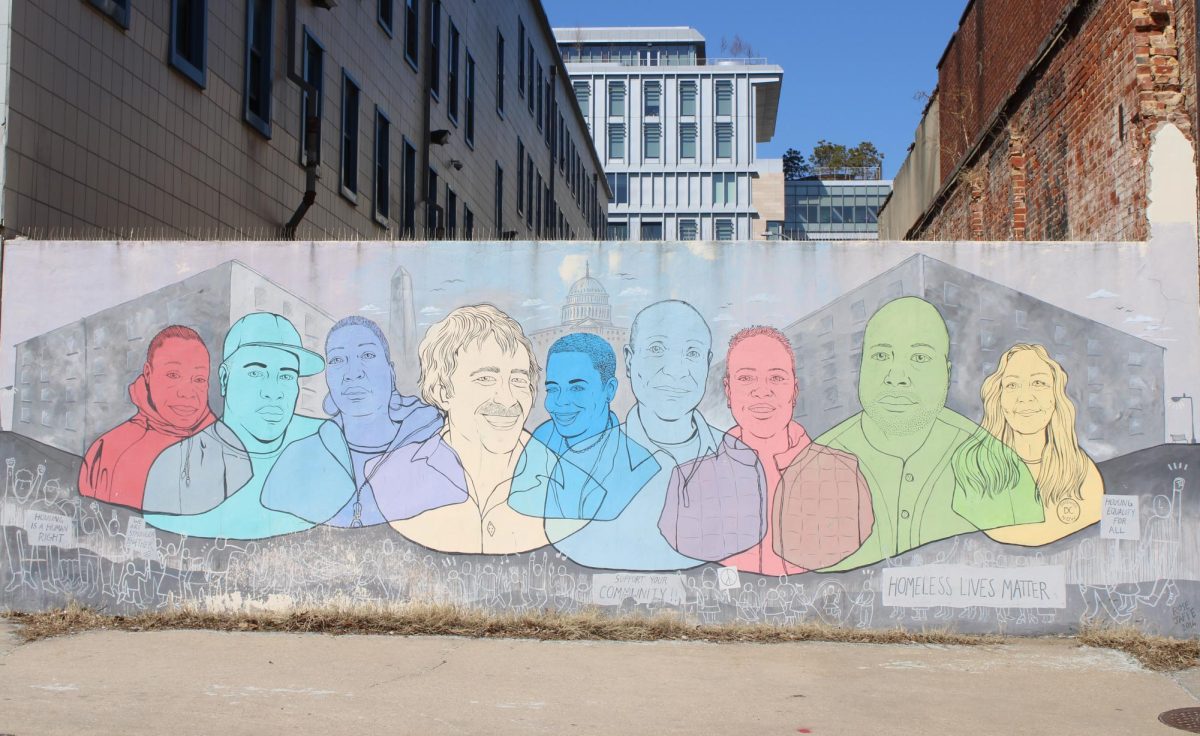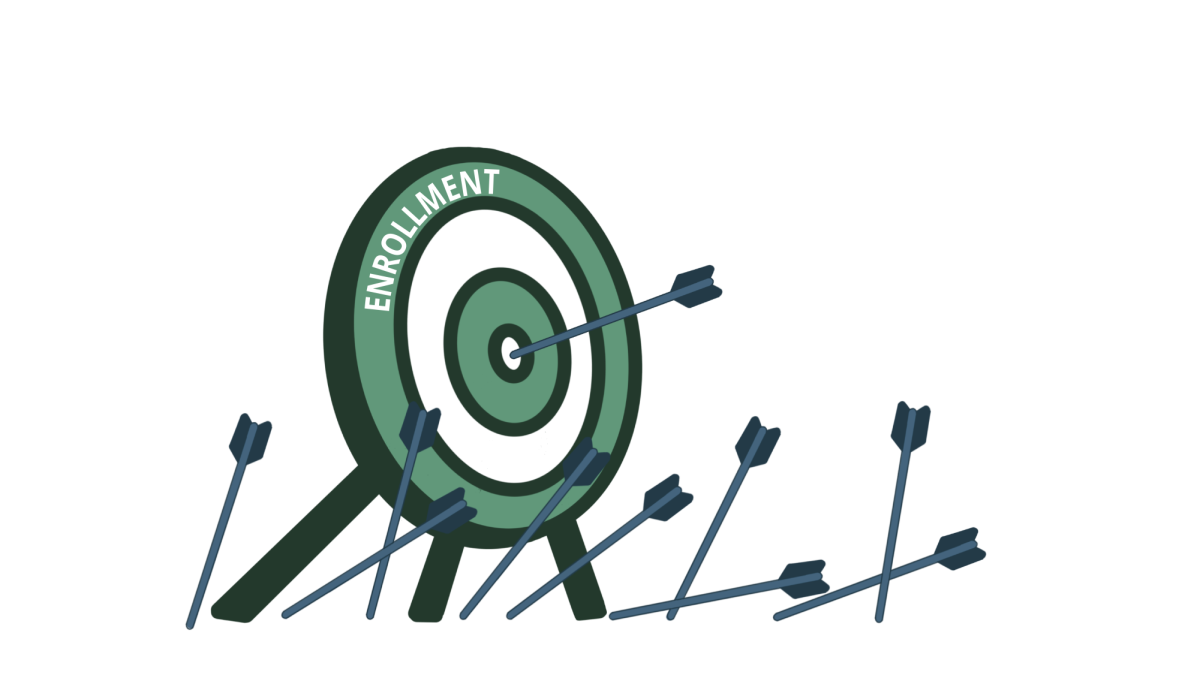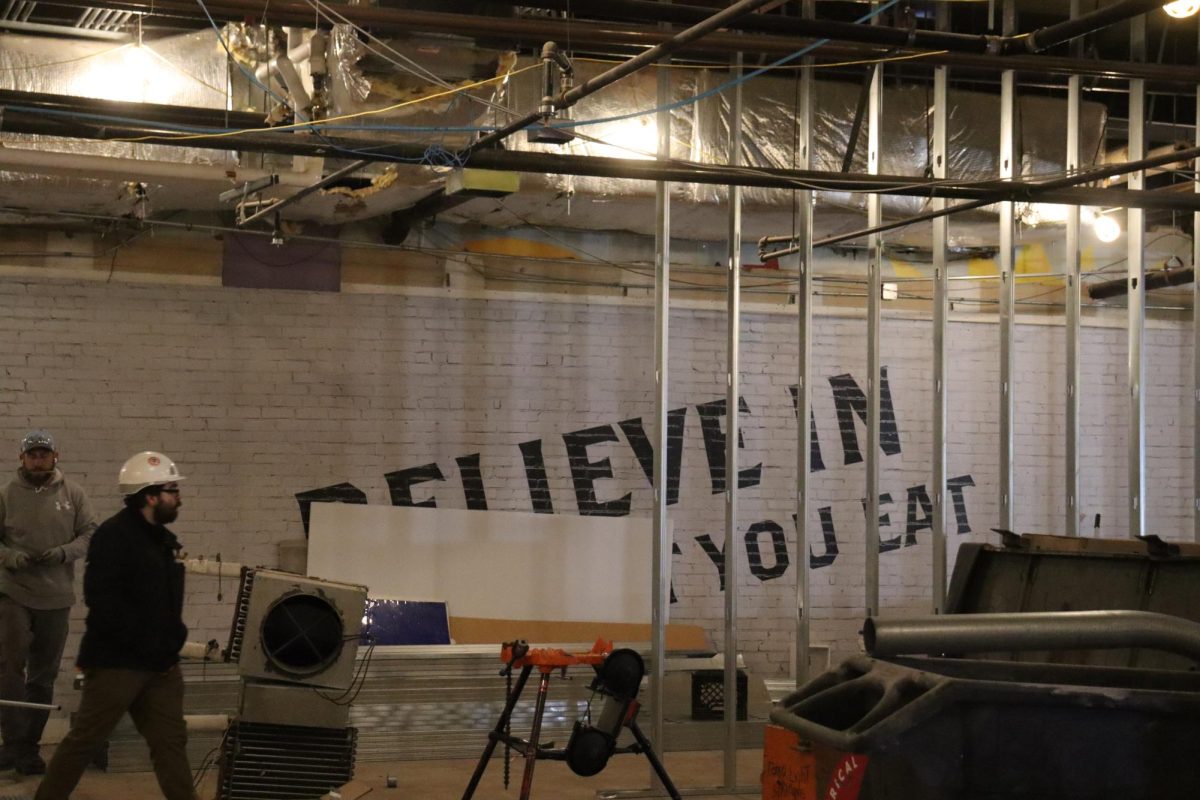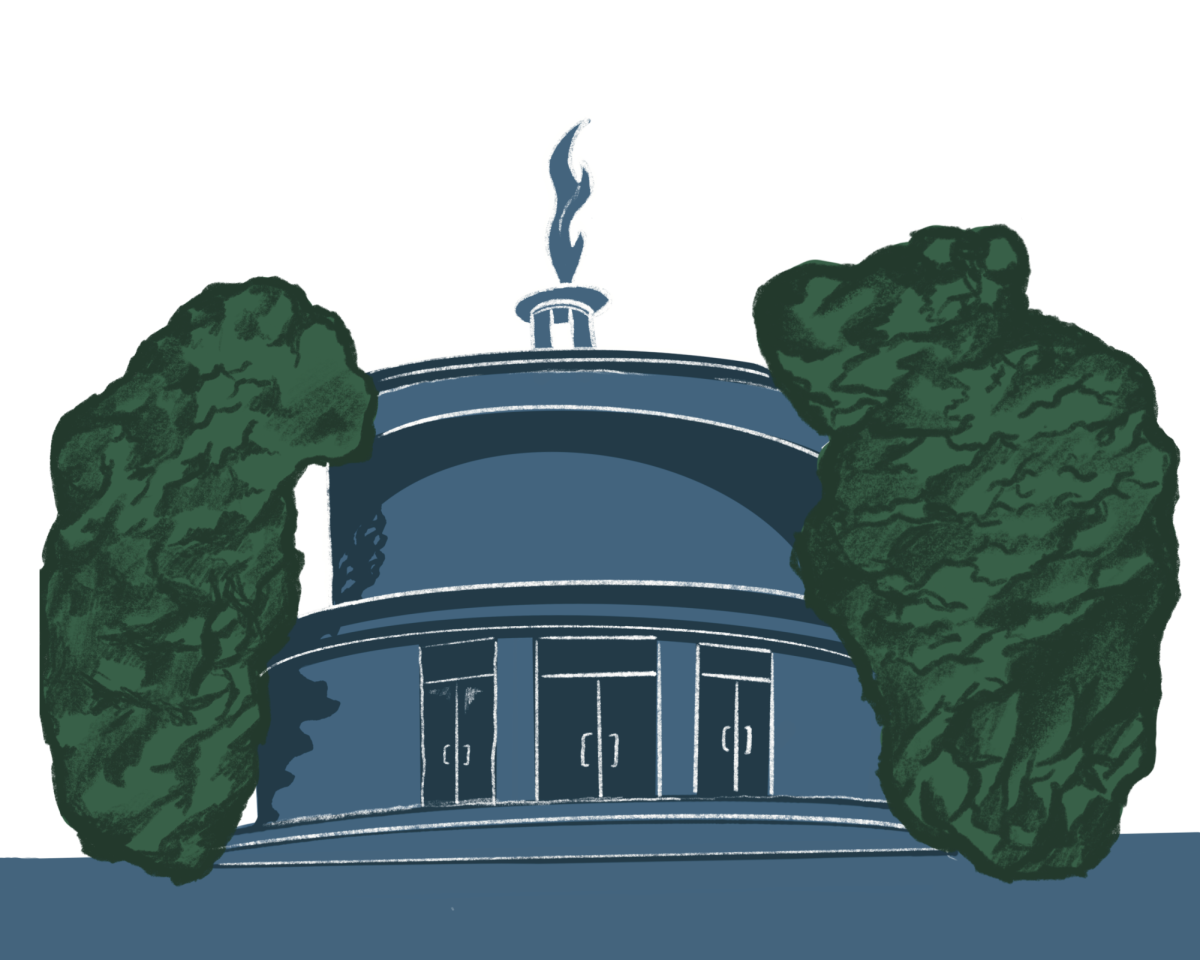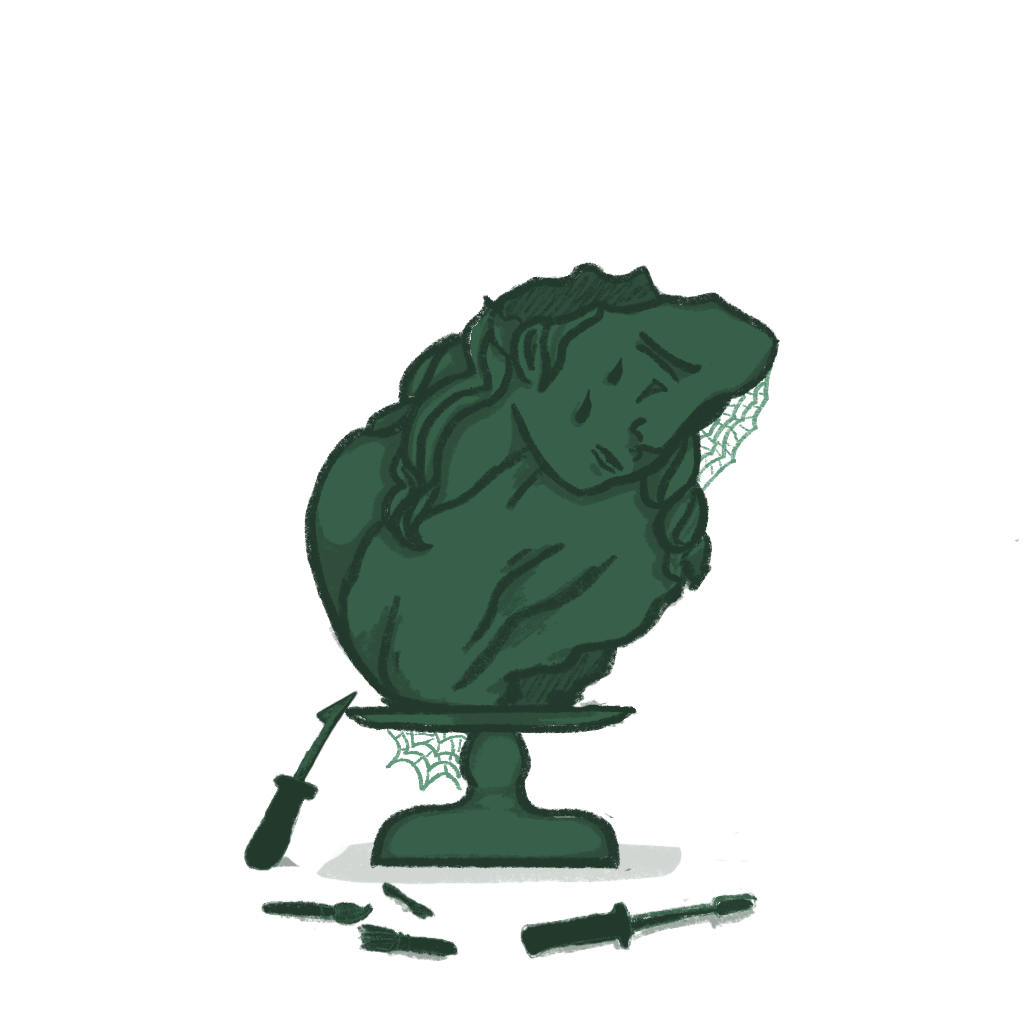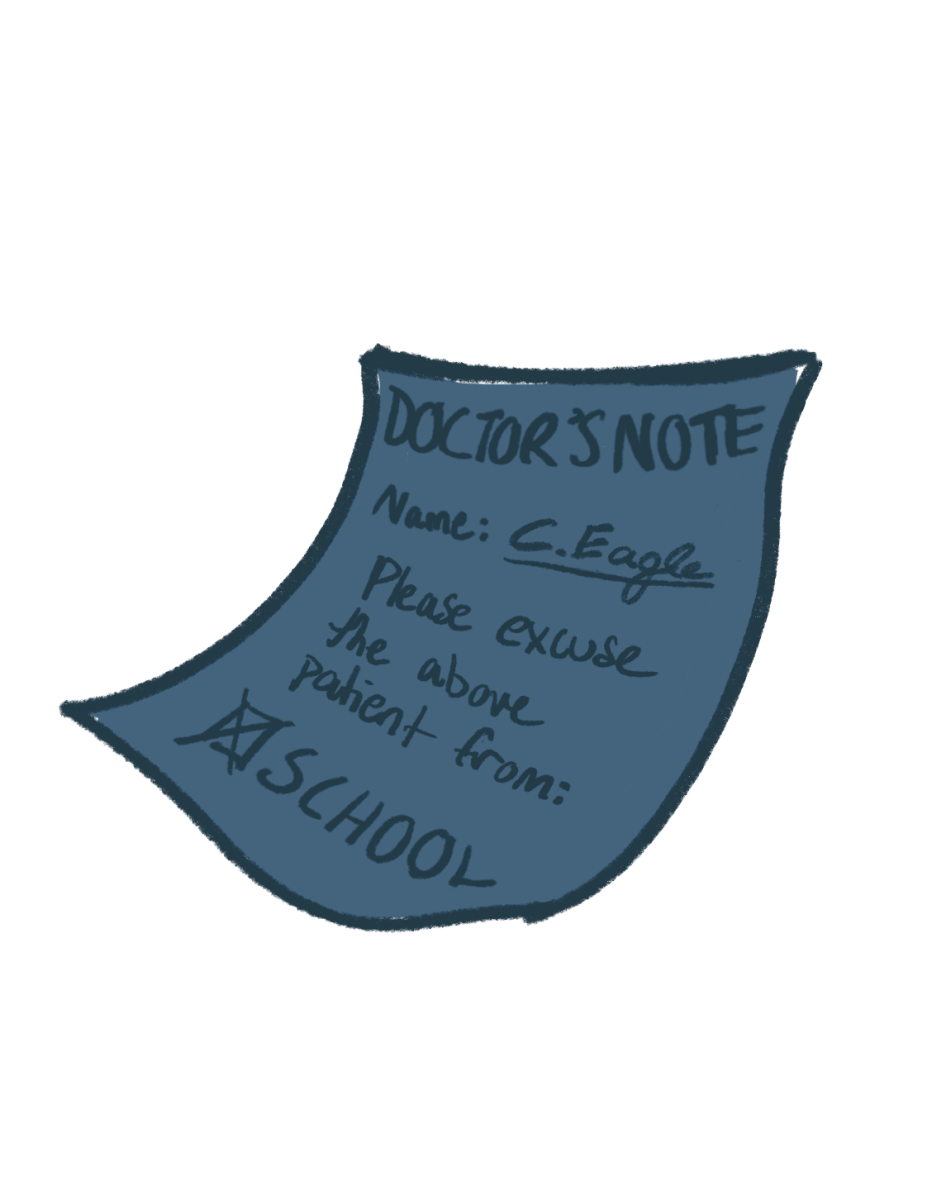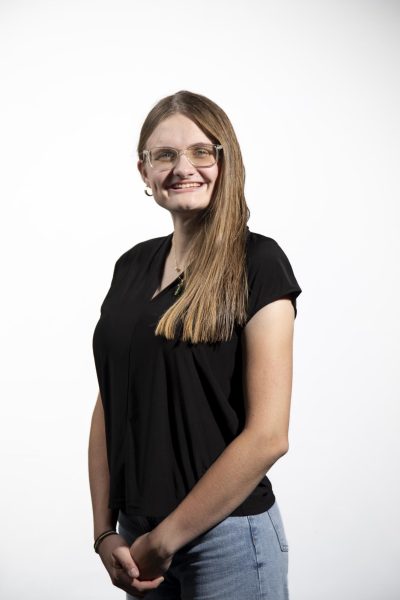For over 50 years, American University staff and students knew the Beeghly Chemistry Building for its science labs.
But current professors know the building more for its arsenic, black mold, humidity and heavy metals.
Students like Senior Frank Gittleman said he didn’t even know about the building.
“I don’t really know any people who take classes there or anything,” Gittleman said. “In my mind, it always felt kind of mysterious.”
The Hall of Science opened in October 2020, according to a university memo. The class of 2023 was the last to utilize the Beeghly Chemistry Building.
AU transformed Beeghly into a COVID-19 testing clinic, according to a June 2022 update. COVID-19 tests still remain in spaces within Beeghly.

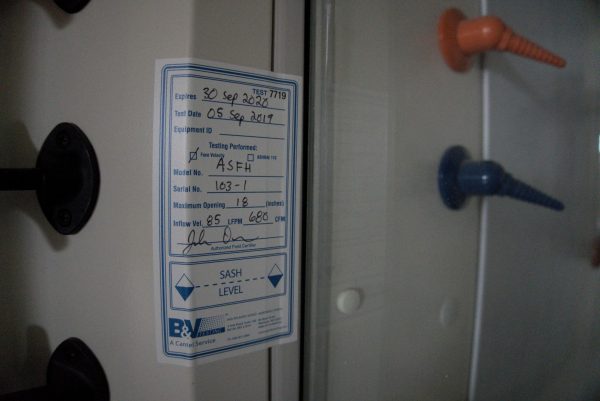
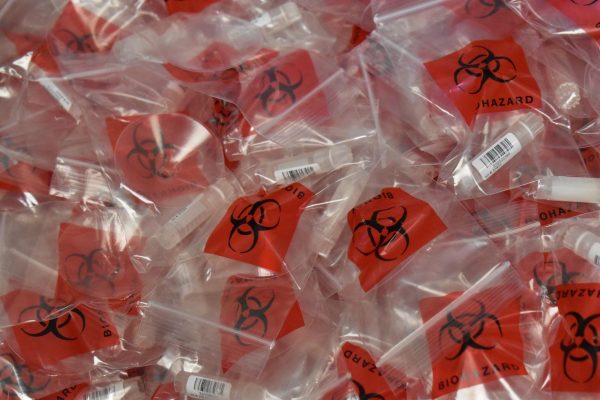
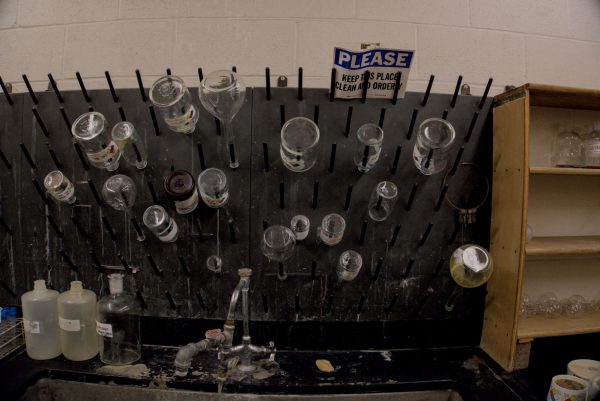
The now-abandoned labs in the building have rows of identical lab stations that fill the room, fume hoods and cabinets full of beakers lining the walls.
Matt Hartings, an associate professor of chemistry, said the structure of Beeghly benefited him when he worked there.
“Sometimes it’s nice to have a space that’s all your own, that you’re responsible for any mess that’s in it,” Hartings said. “Also, no one’s encroaching on your area. It’s very delineated. That part was okay.”
However, Hartings said he felt Beeghly’s summer humidity and saw water dripping from walls.
“Hand in hand with it being so damp in the summers, there’s all sorts of black mold all through the building,” Hartings said. “My office door has black mold growing all over.”
Chemistry Department Chair Douglas Fox said he struggled to use Beeghly’s elevators.
“Beeghly had some really weird things because they also had a really tiny elevator,” Fox said. “I mean, it was really tiny. A lot of times, you’d actually have to measure things to see if we could get it in.”
That elevator also caused concerns with some scientific equipment, Michele Lansigan, a Hurst senior professional lecturer who taught in the building, said.
She said some instruments in Beeghly required specific conditions, like reliable temperatures and stable surfaces. The elevator vibrated enough to disrupt these machines.
Lansigan said Beeghly’s labs shared space and equipment with other classes, causing concerns of cross-contamination and preventing students in the Chemistry of Cooking lab from eating the food they made.
“If you want us to experience the actual food that they’re making—the actual experiments you’re doing—you want to have a dedicated lab space for food items,” Lansigan said.
A dedicated lab space was included in the Hall of Science building, according to an October 2020 AU article. The new building was designed to include a separate lab for the Chemistry of Cooking class, Hartings said.
“Everything in there is food safe,” Hartings said. “There’s no laboratory chemicals encroaching upon the food chemicals.”
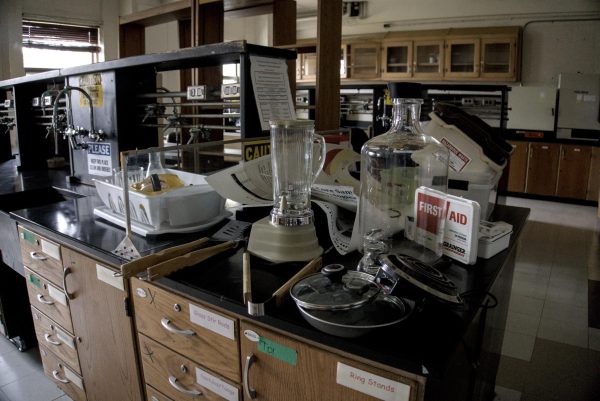
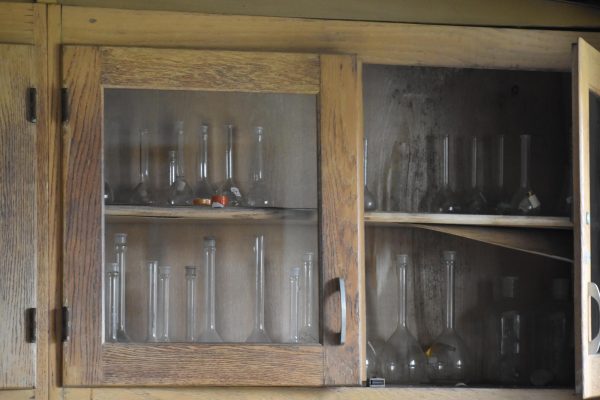
Administrators are considering repurposing Beeghly to be a residence hall and administrative space or serve academic and campus life purposes depending on campus needs, according to AU’s 2021 Campus Plan.
AU Internal Communications Manager Jasmine Pelaez said administrators are planning to conduct a survey to determine how to best use the space.
Fox said Beeghly’s dark room could restore research opportunities he lost once AU stopped using the building.
“I do a lot of work with light-sensitive things and dyes and fluorescence,” Fox said. “Having a dark room would be really nice.”
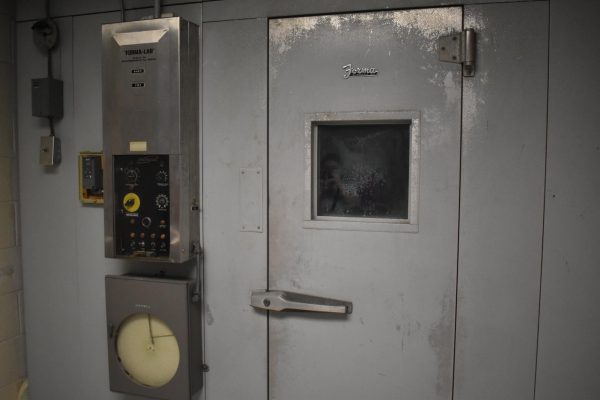
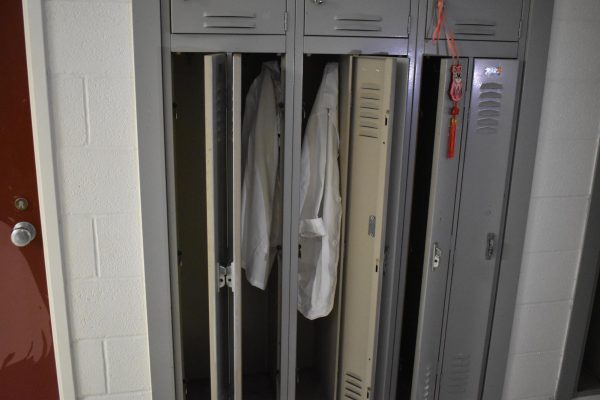
Fox said that in order to use the space again, AU staff would need to completely overhaul it.
“They have to make sure that the humidity is better controlled because it’s really bad,” Fox said. “And then what do you decide to do with it? Do you convert it into office space? Do you convert it into classrooms? I mean, we definitely need classrooms on campus. And so, I hope they consider doing something like that.”
Hartings said that he hopes to see another large lecture hall on campus.
“I’m surprised that they haven’t figured out what to do with Beeghly just from the standpoint of the fact that [it has] a large lecture hall,” he said. “There are other things that could be done there, too. We can have other types of classrooms over there. They could just use it as a classroom building.”
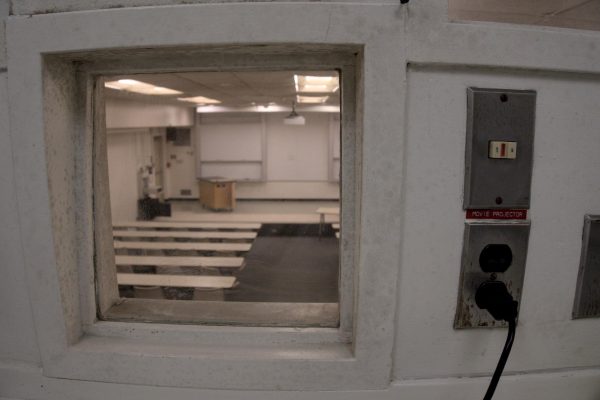
Assistant Vice President of Facilities Management Vin Harkins said implementing any plans for Beeghly rests on what AU thinks the future holds.
“The next step is with the Cabinet,” Harkins said. “What are the needs of the University?”
Gittleman, a film and media arts student, said the university seems to be approaching a science focus.
“[Beeghly] will probably become more in-use as the school gears itself more towards STEM-based stuff,” Gittleman said. “So, I imagine in the next maybe 10 years, it will become a lot more popular.”
